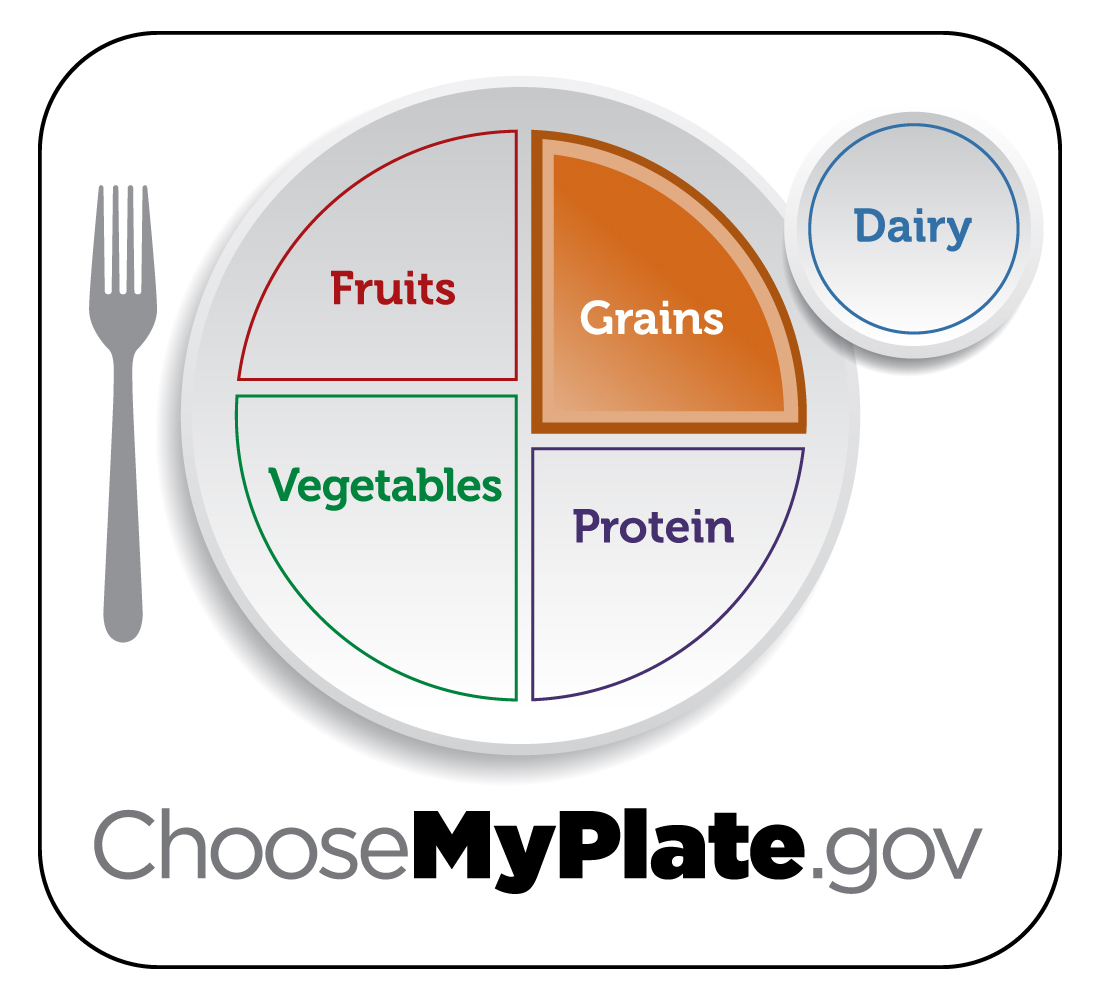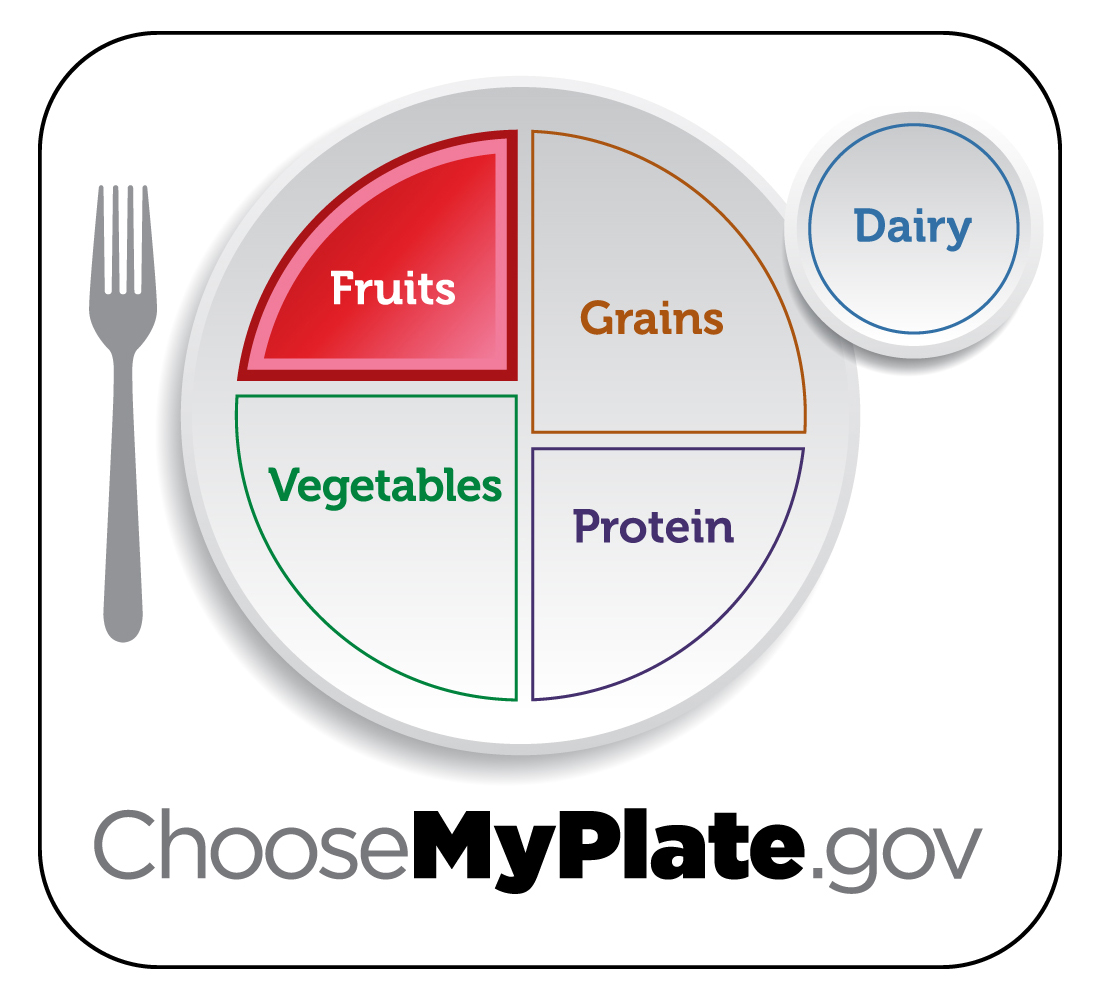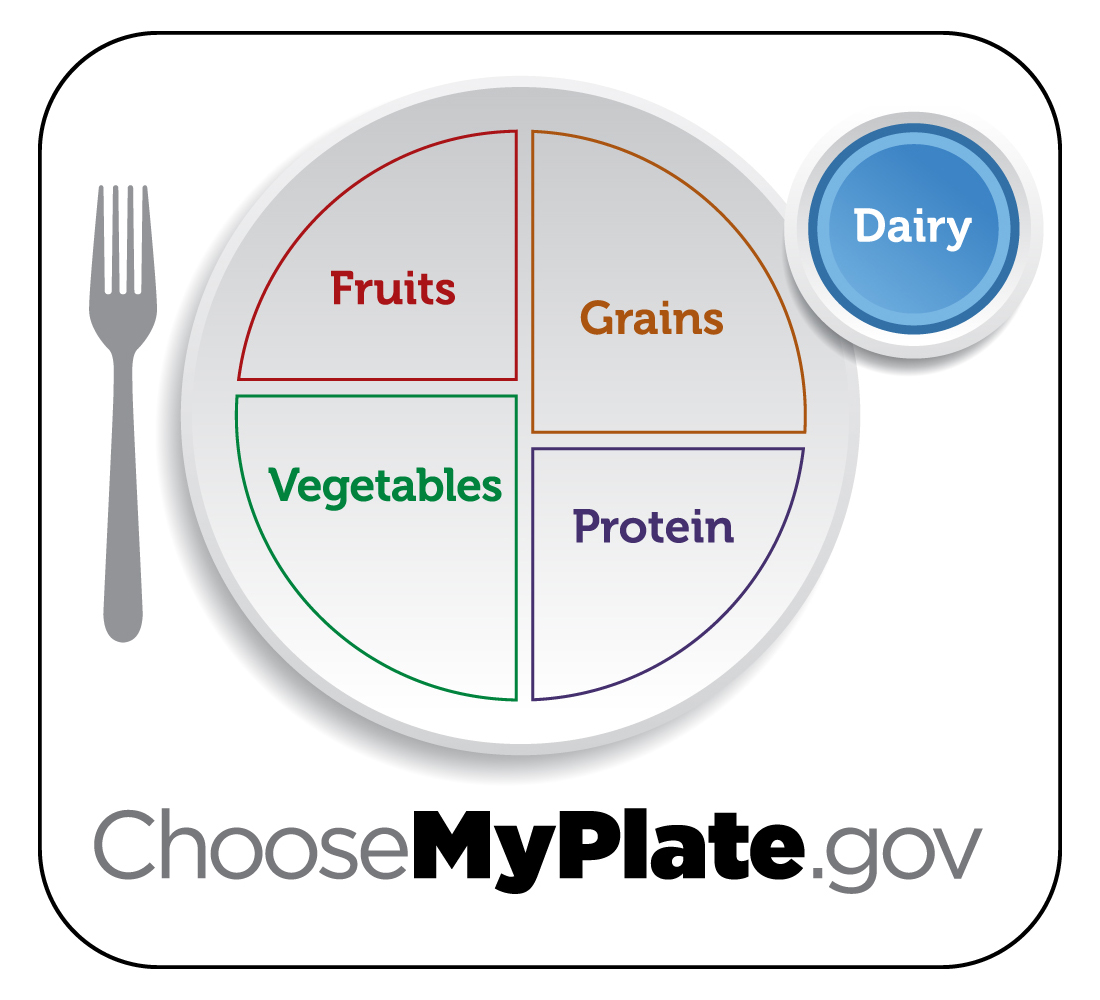![Look at this Better Pantry. Lots of whole grains and beans in there. [Photo by Jules:stonesoup used under Creative Commons Attribution License.]](https://eatsmartmovemoreva.org/wp-content/uploads/2013/09/4021908176_1ce3b716a2_z-1.jpg)
Look at this Better Pantry. Lots of whole grains and beans in there. [Photo by Jules:stonesoup used under Creative Commons Attribution License.]

I asked our Facebook Friends for suggestions on what foods to include in our Better Pantry. Here is what they said.
Since this is a series, I’m not giving away all the secrets just yet. You will have to keep checking in as we go along. So today’s post starts with the list of non-perishable food to keep on hand. (We will get to the fridge and freezer later.) I do want to point out that this is a suggested list. I highly recommend that you customize your list to your families’ preferences.
Non-Perishable Better Pantry Items
Grains 
- Whole Wheat Flour– Whole wheat flour adds more vitamins, minerals and fiber to your recipes than white flour. To make the transition easier, use half whole wheat and half white flour in recipes until your white flour is gone.
- Whole Wheat Pasta– Any size or shape is fine.
- Couscous is an excellent kind of pasta to keep around because if you can boil water, you can cook it in 5 minutes!
- Oatmeal– Steel cut or rolled oats, not instant. I have a great recipe in mind for these…
- Brown Rice– Rice is an affordable staple in many cultures and a good side dish for many recipes.
- Other grains– For more variety, try an unfamiliar grain like quinoa or bulgar.
Fruit 
- Dried fruit– won’t go bad as quickly as fresh, but watch the portion sizes
- Raisins are a great low-cost choice and can be used in many recipes
- Canned fruit, any type- Make sure it’s canned in juice or extra light syrup to limit the extra sugar and calories.
Vegetables 
- Diced Tomatoes– very popular suggestion from Facebook. Look for No Salt Added varieties. Great to have on hand for soup, pasta, pizza, etc.
- Canned veggies, any type- Canned veggies are nice because they don’t go bad like fresh ones do. Like with tomatoes, look for No Salt Added varieties.
Protein 
- Dry (or canned) Beans– Dried beans are a better buy, but canned can be more convenient. Be sure to rinse canned beans to remove some of the sodium.
- Canned Fish– Tuna and Salmon are popular, but Mackerel, Anchovies and Sardines are great choices, too.
- Peanut butter– Yum! Other nut butters can work in most peanut butter recipes, which is important for people with food allergies, but they usually cost a lot more.
- Sunflower seeds– These and other types of seeds add tons of nutrition to recipes. I like to sprinkle sunflower seeds on garden salads to add some crunch and protein for fullness.
Dairy 
- Nonfat Dried Milk– I think this used to be more popular years ago than it is now. But if you drink a lot of milk in your house, mixing prepared dried milk and refrigerated milk can save money. I’ve also used this when making creamy sauces (like mac and cheese from scratch or lighter Alfredo sauce) or soups to save some fat and calories. Let us know in the comments if and how you use dried milk.
Other
- Oil (olive, canola, etc.)– Each has a different flavor and some are better for cooking than others. I personally use extra virgin olive oil for everything, even baking. (Oils are healthier fats than solid ones, like butter or lard.)
- Broth or Stock– These add tons of flavor to homemade soups or when cooking grains like rice or couscous.
- Dried Herbs and Spices– Create a collection of your favorites over time. They add flavor without adding fat or sodium to home cooked meals.
- Vinegar– Essential to making tasty homemade salad dressing or adding a little zip to a dish.
- Baking Supplies– Baking from scratch is a good way to save money and easily improve the nutrition of some of your favorite foods.
- Baking Powder and Soda
- Vanilla extract
- Sugar (white and brown) or artificial sweetener- Since these are used in many sweet treat recipes, you shouldn’t be using them all the time!
This is just a starting point. You may have other foods you keep on hand in your house. Let us know if you think I left out an important pantry item to keep around. The next post will cover staples for the fridge and freezer. Then we’ll get to the fun part, recipes using our Better Pantry staples!

Yay…I have all those staples in my pantry! I also like the grains bulgur and farro….all grains have different tastes and textures and that’s why they’re so fun!
Thanks for the response, Kathy. How do you fix your bulgur and faro? I bet they would add a nice texture to a marinated salad like tabboulah or in place of the rice in this recipe: Brown Rice Broccoli and Carrot Salad